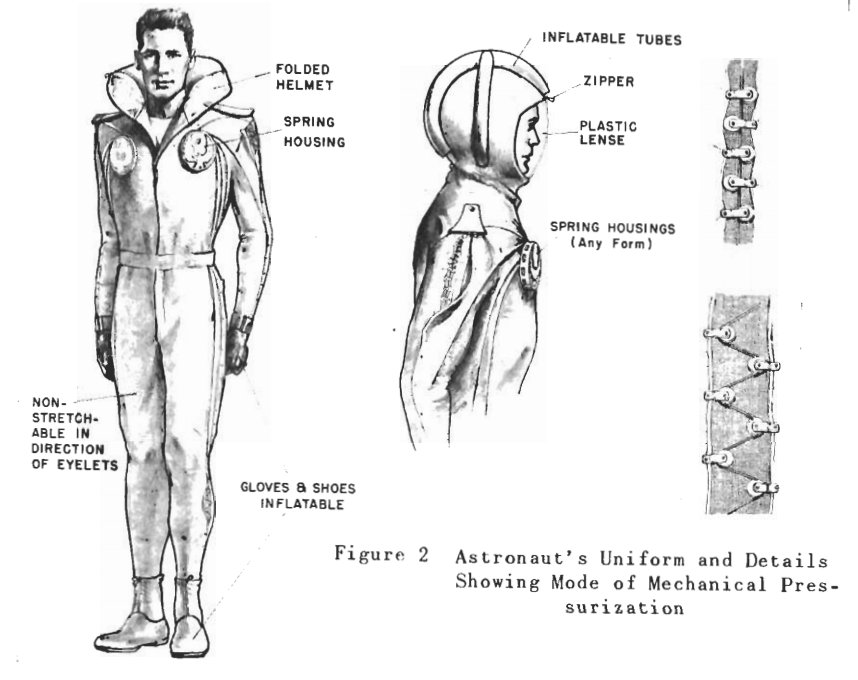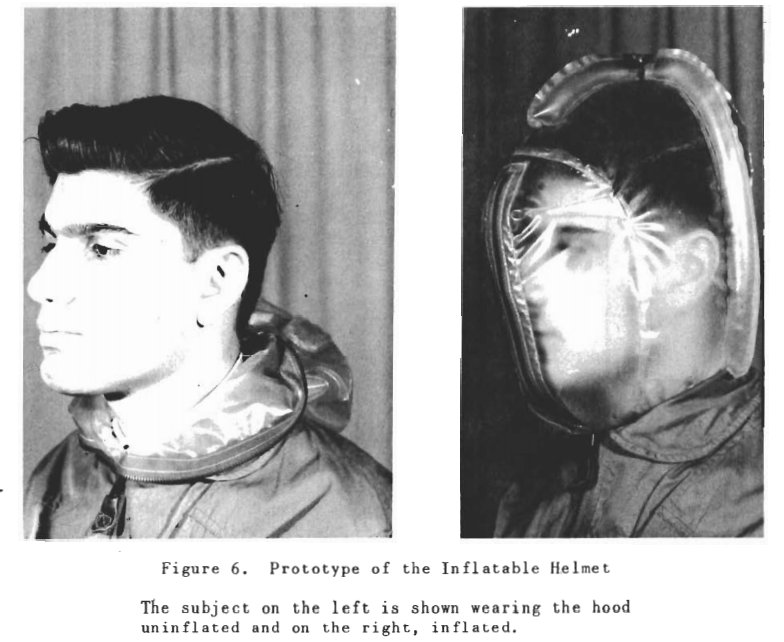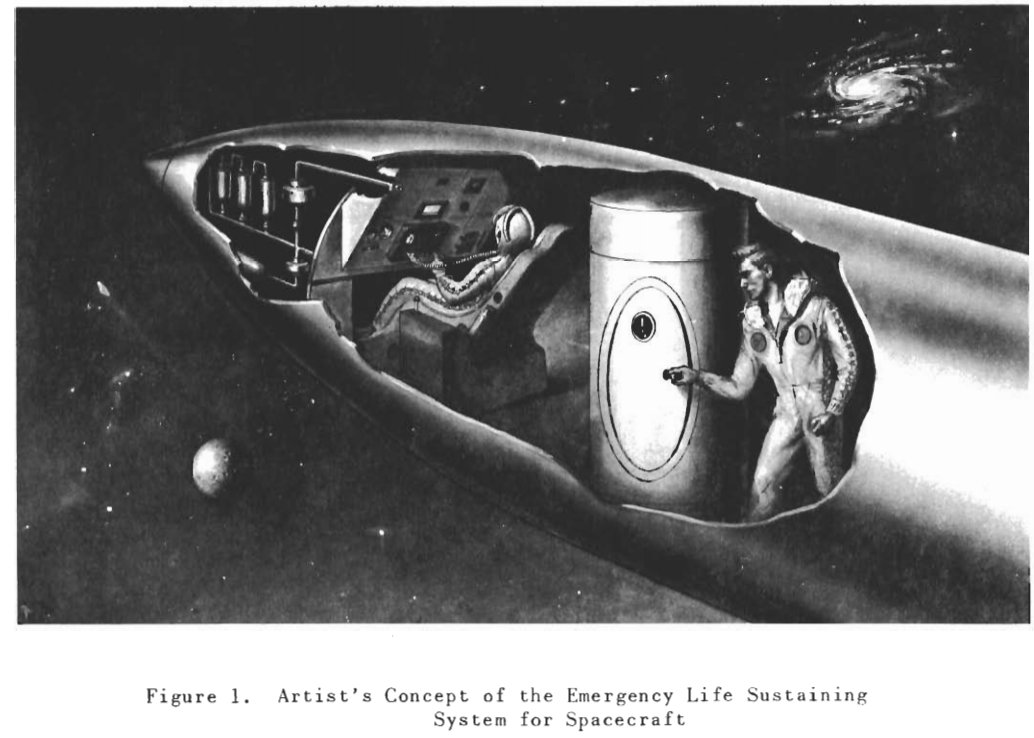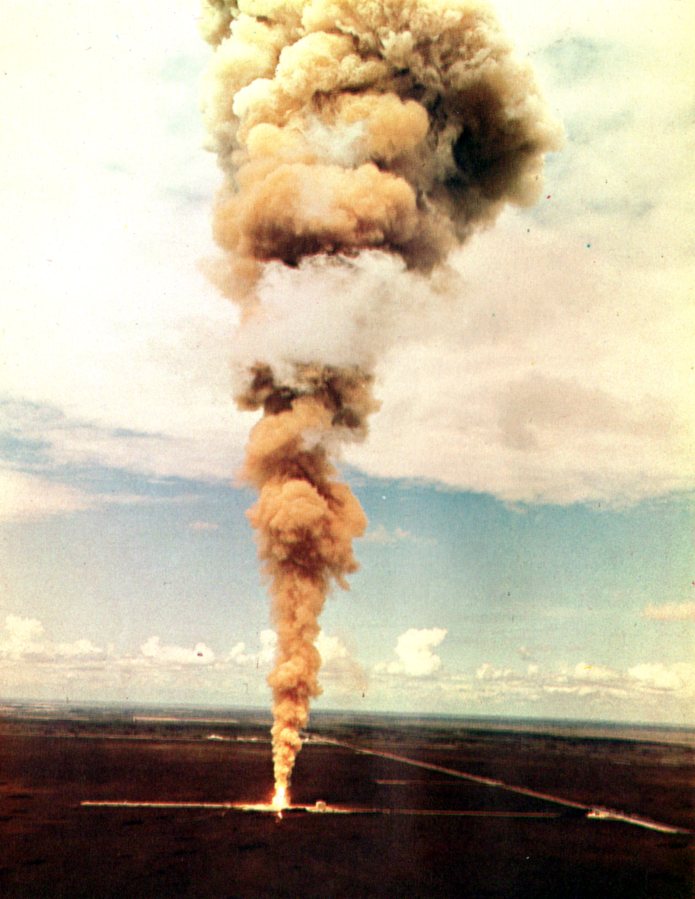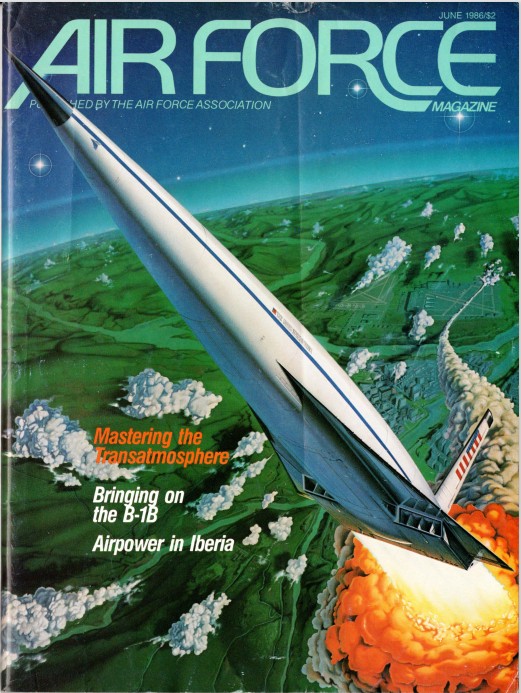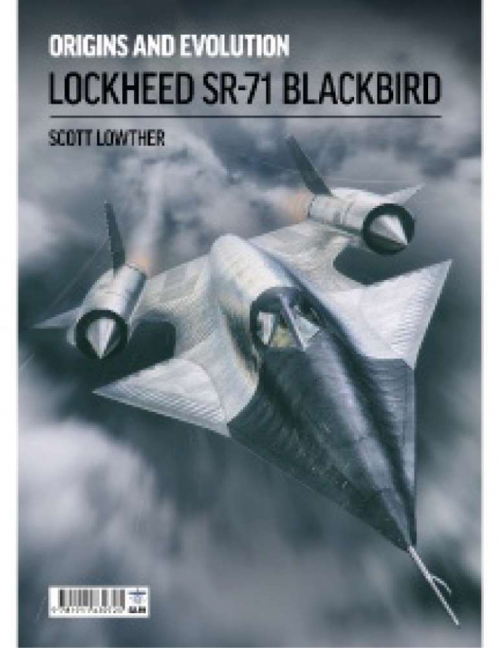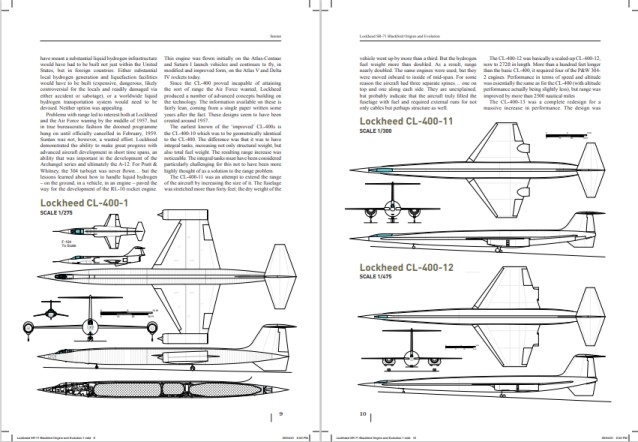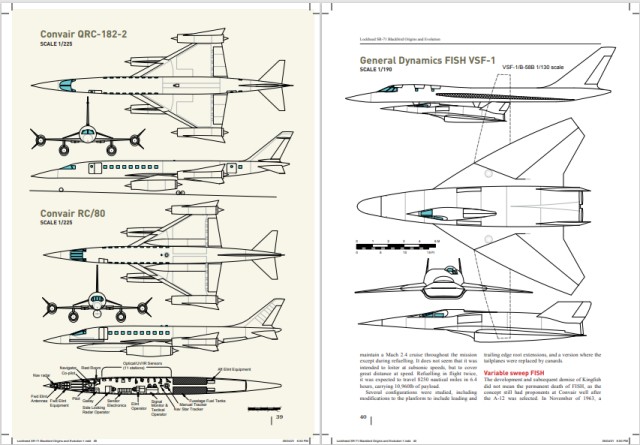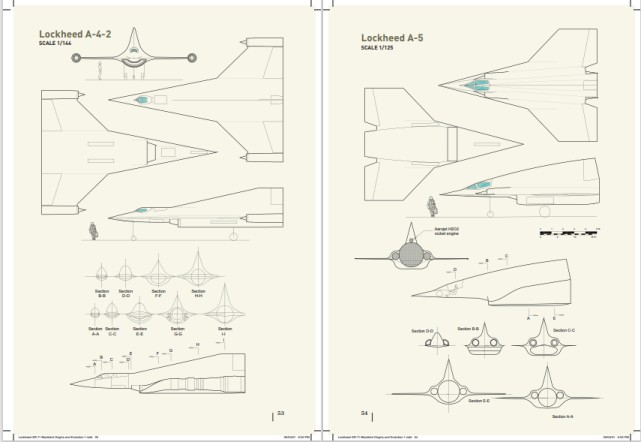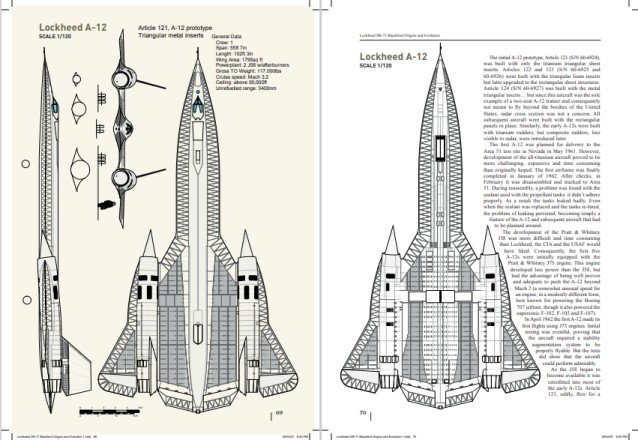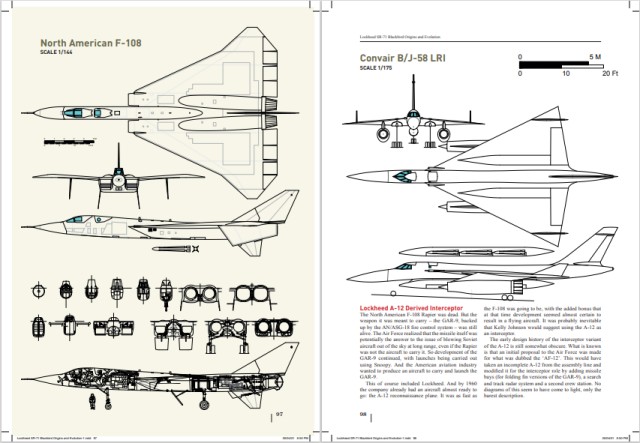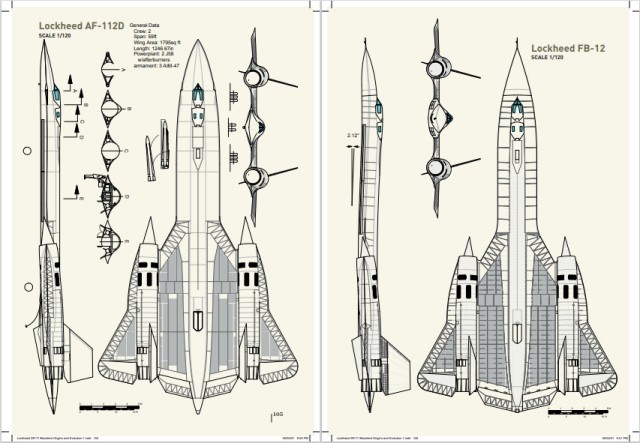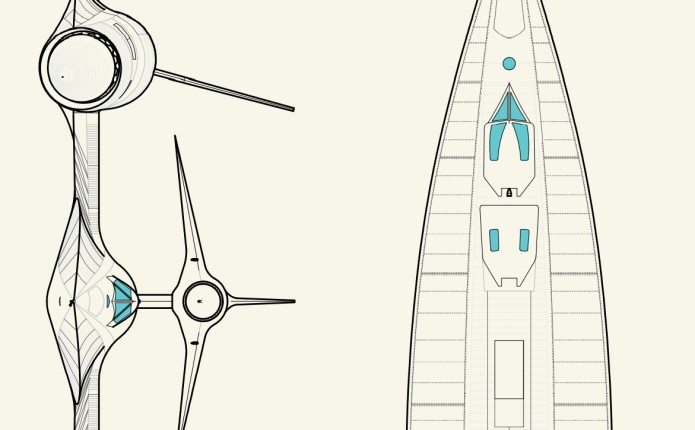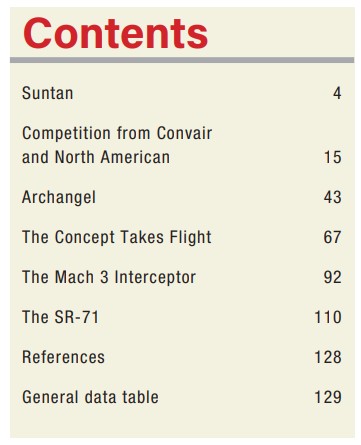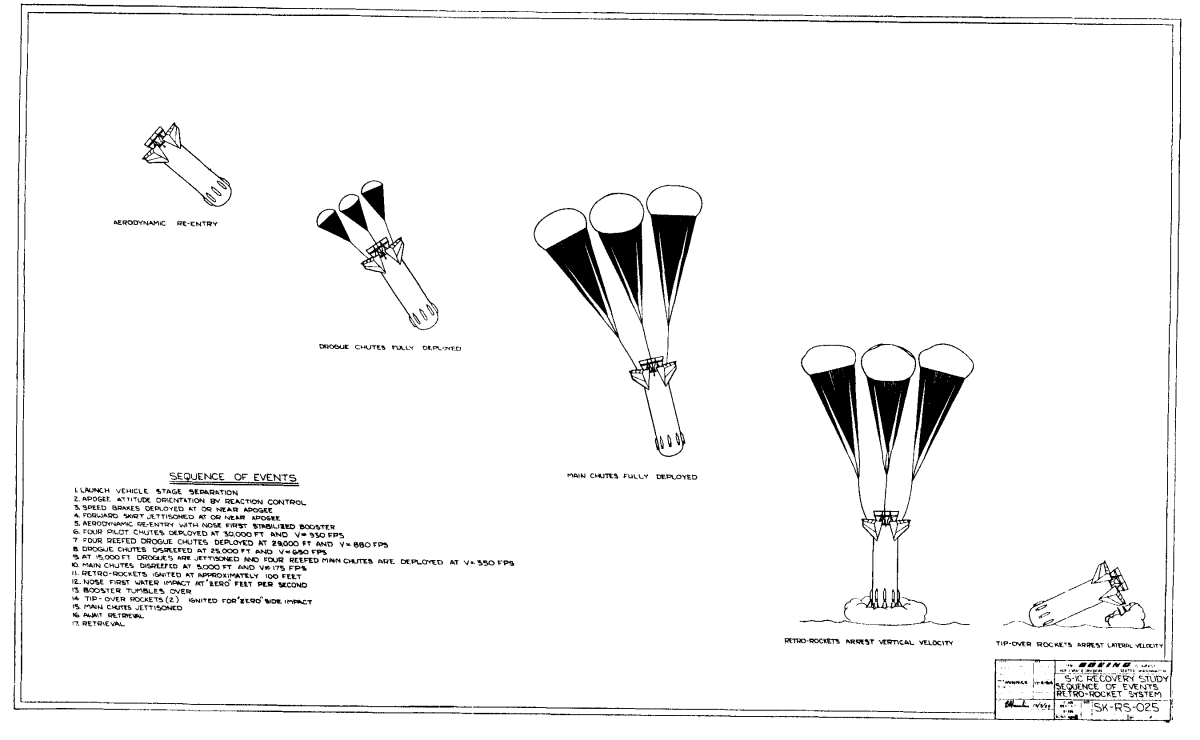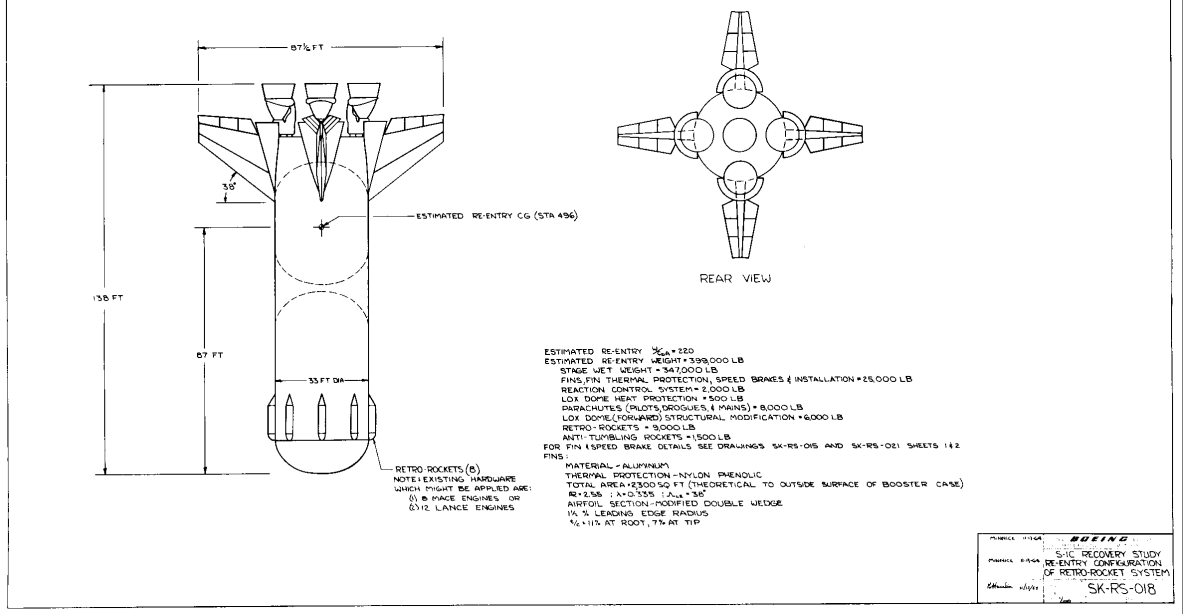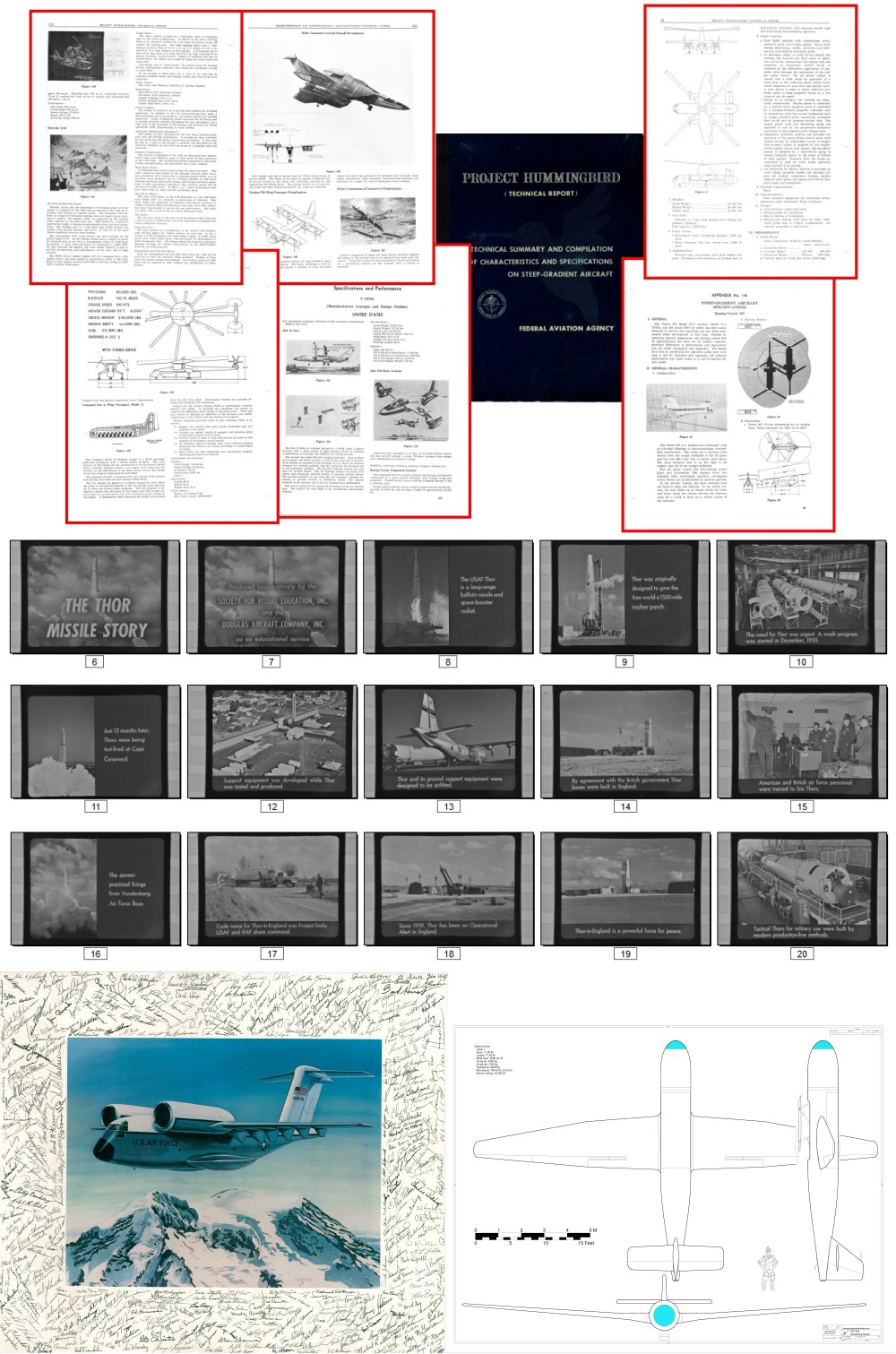Hmmmmm…..
Page 215
Title: Rocket Cargo
Description: The Department of the Air Force seeks to leverage the current multi-billion dollar commercial investment to developthe largest rockets ever, and with full reusability to develop and test the capability to leverage a commercial rocket to deliver AFcargo anywhere on the Earth in less than one hour, with a 100-ton capacity. The Air Force is not investing in the commercialrocket development, but rather investing in the Science & Technology needed to interface the capability with DoD logistics needs, and extend the commercial capability to DoD-unique missions. Provides a new, faster and cheaper solution to the existing TRANSCOM Strategic Airlift mission. Enables AFSOC to perform current Rapid-Response Missions at lower cost, and meet a one-hour response requirement. Rocket Cargo uses modeling, simulation, and analysis to conduct operational analysis, verify military utility, performance, and operational cost. S&T will include novel “loadmaster” designs to quickly load/unload a rocket,rapid launch capabilities from unusual sites, characterization of potential landing surfaces and approaches to rapidly improve those surfaces, adversary detectability, new novel trajectories, and an S&T investigation of the potential ability to air drop a payload after reentry. This is not a rocket engine or launch vehicle development program. It is an S&T effort to leverage the commercial development into a novel new DoD capability.FY 2021 Plans:Utilize modeling, simulation, and analysis to conduct operational analysis of Rocket Cargo concepts, trajectories, and design considerations and verify military utility, performance, and operational cost. Gather operational data from on-going commercial large-scale, instrumented, reusable launch events.FY 2022 Plans:Mature effort in leveraging commercial space launch to create military capability in Rocket-based Cargo delivery. Complete S&T testing leveraging the current commercial prototype testing. Perform site measurements needed to integrate the capability onto DoD missions including plume-surface physics and toxicity, loads, detectability, and acoustics. Also, complete initial AFRL wind tunnel testing to assess novel trajectories needed for air-drop capability, and high-speed separation physics. Under contract and CRADA, partner with Commercial to test and demonstrate an initial one-way transport capability to an austere site. Seek to perform an early end-to-end test to fully identify the technical challenges. In addition, complete Industry outreach for load master concepts including novel container designs, load/unload concepts, and testing the compatibility of AF cargo with rocket launch and space environments. Issue solicitation and award contracts.FY 2021 to FY 2022 Increase/Decrease Statement:FY 2022 increased compared to FY 2021 by $38.169 million. Funding increased due to planned program requirements and the development and maturation activities described above.
HMMMMM….
Sounds vaguely familiar. I wonder where I’ve seen ideas kinda like that before.
